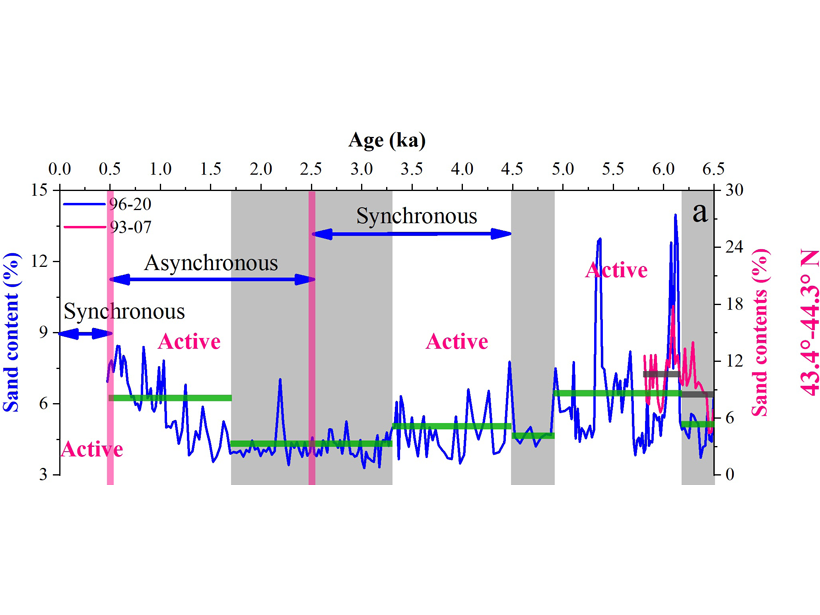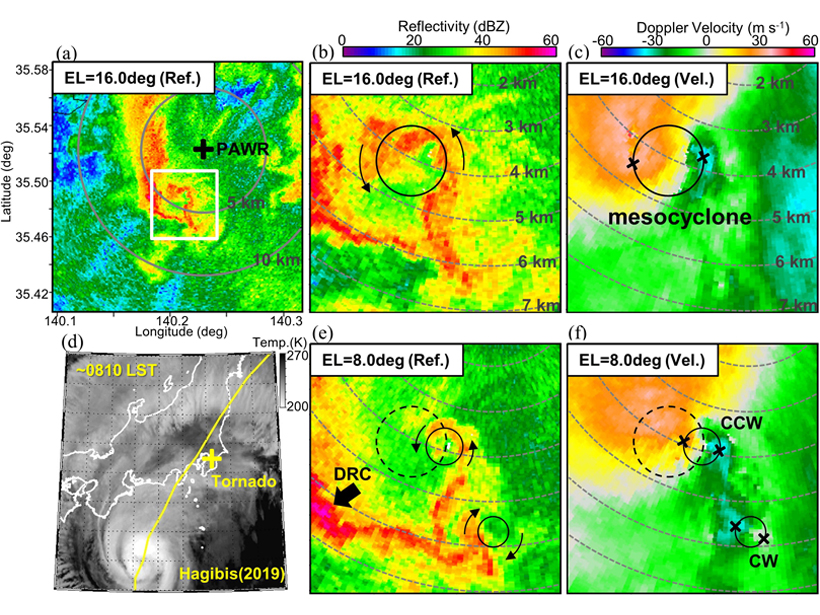By modeling over 4 billion years of the Moon’s impact history, scientists estimate that the lunar poles may harbor billions of metric tons of subsurface ice.
Geophysical Research Letters
Researchers Produce First Artificial Icequakes
Laboratory experiments show similarities between glacier beds and tectonic faults.
¿Cómo Afecta el Reverdecimiento del Ártico al Agua Subterránea?
Nuevas investigaciones examinan cómo los cambios en la ecología de la superficie influyen en la hidrología subterránea en el Ártico.
Modeling Gravity Waves with Machine Learning
Researchers used neural networks to better define the parameterizations necessary for modeling the distribution and characteristics of orographic gravity waves.
Abrupt Climate Shifts Change the Latitudes of Storm Activity
A new 6500-year construction of storms combined with other paleo-storm records finds abrupt changes in the Atlantic Ocean circulation impact the latitudinal preference of storm activity.
The Deepest Layers of the South-West Atlantic Ocean are Warming
A unique temperature time series observed over the past decade in the bottom layers of the south-west Atlantic Ocean shows significant variability with long-term warming trends.
Post-Tropical Cyclones Influence on European Windstorm Risk
Comparing the importance of midlatitude cyclones and post-tropical cyclones on European windstorms during the Atlantic hurricane season using ERA-5 reanalysis.
Rising Seas and Agriculture Created Wetlands Along the U.S. East Coast
Most of the tidal marshes along the eastern coast of the United States formed within the past 6,000 years due to a combination of slowly rising seas and European colonization.
Radar Observations of a Tornado Associated with Typhoon Hagibis
Analysis of tornadogenesis processes on a shallow supercell associated with Typhoon Hagibis using finely resolved rapid-scan radar observations at a very close range.
Megadrought Caused Yellowstone’s Old Faithful to Run Dry
Scientists studying wood samples preserved by Old Faithful have determined that the famous geyser was dormant for several decades during the 13th century due to a megadrought.










